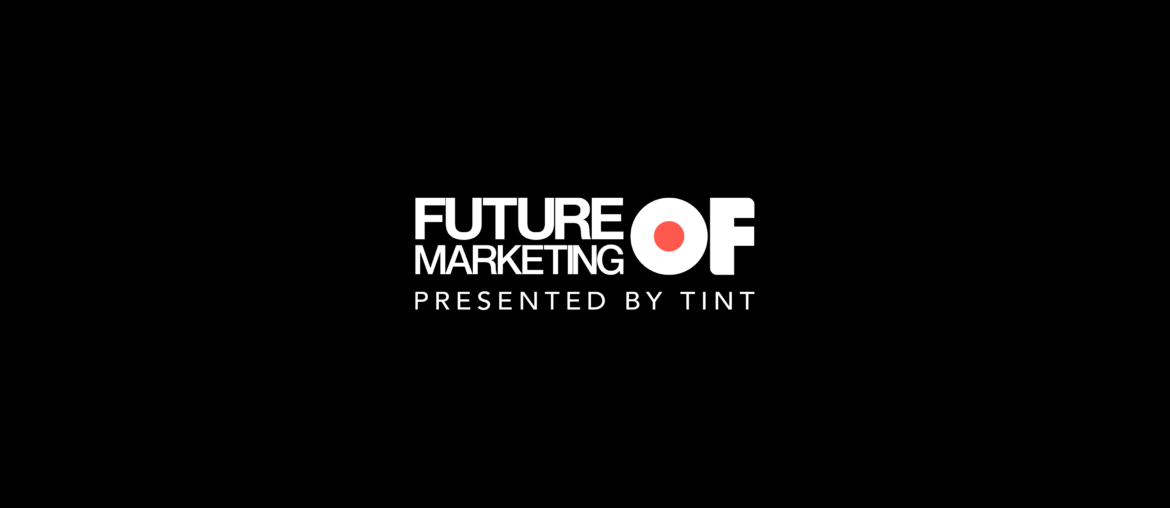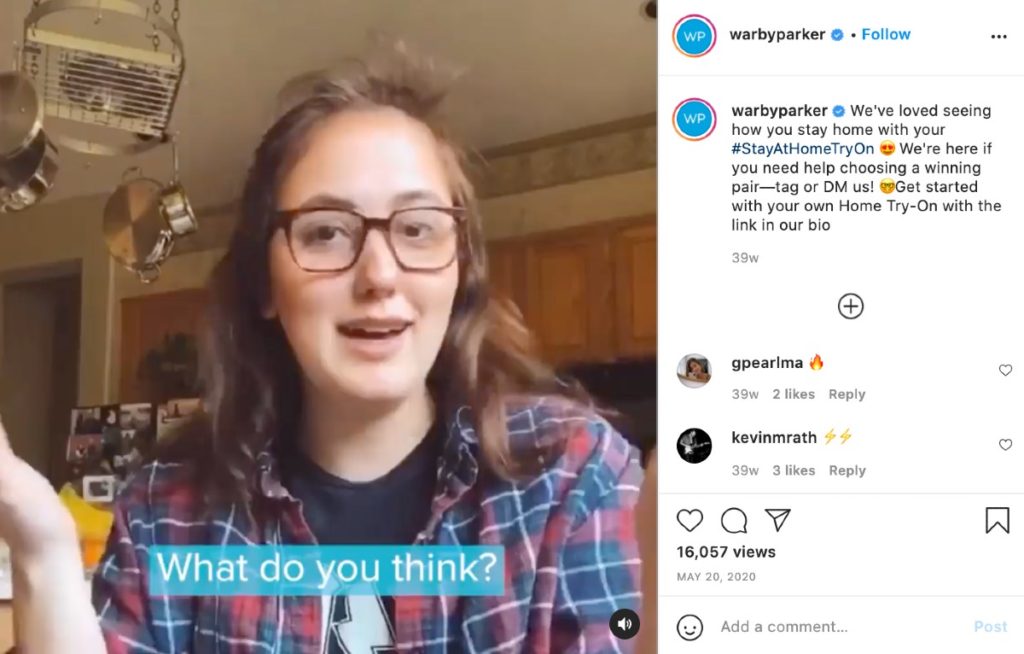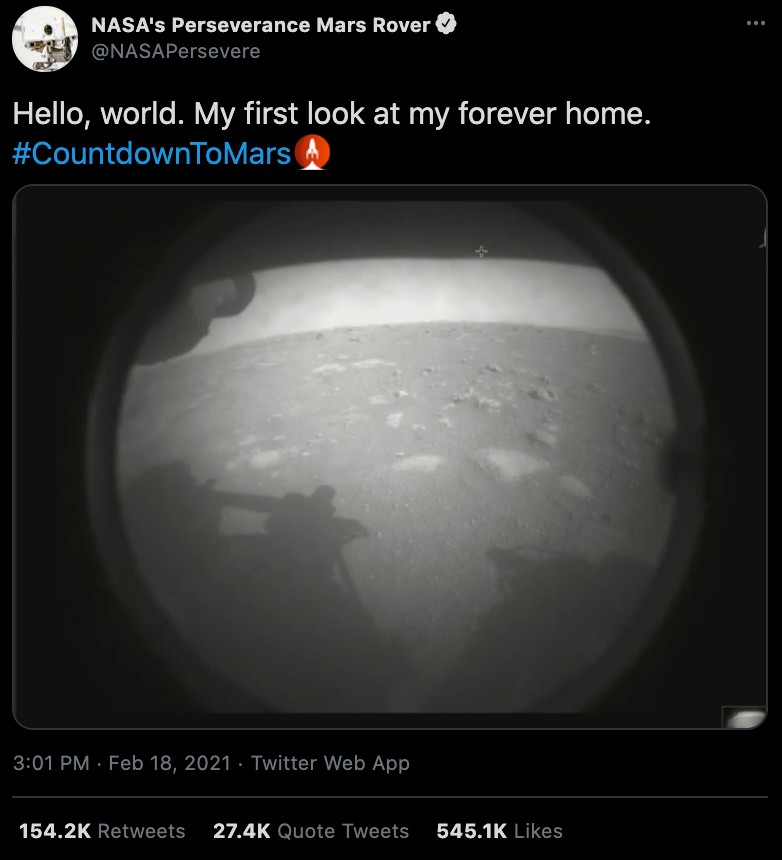Welcome to Future of Marketing.
Each week, we send you the most relevant trends, resources, and strategies in social and user-generated content (UGC) from leading marketers and brands around the globe.
Today we’re discussing…
- Omnichannel marketing
- So what do you think? (about feedback)
- How NASA built community with #CountdowntoMars
More awareness, less complexity
When brands increase the number of times a potential customer sees their products and content, they can get closer to a final sale. In fact, it can take between 28-62 touchpoints to make a sale.
Omnichannel marketing is meant to increase the number of touchpoints and interactions with the same message. Basically, to appear and be everywhere. By weaving real customer experiences and testimonials into every touchpoint, you can improve sales and build stronger relationships with your audience.
Warby Parker does this masterfully. They plotted their audience’s journey from the moment they visit the website to home try-on and brick-and-mortar experiences. They also created a video compilation of people unboxing their products to promote their #StayAtHomeTryOn.
“We were finding that 75% of people that buy something in our store have been to our website first,” shared Dave Gilboa, co-founder of Warby Parker. “What they really value is convenience, so we invested in technology to make the online and offline experience as convenient as possible.”
TIP: Consider featuring real customers experiencing convenience with your brand.
Highlighting real customers and their experiences at every user touchpoint should be the focus for every brand – it’s not enough to use UGC in one spot at one stage of the journey. UGC should start at awareness and be reinforced throughout each step – social media, ads, emails, web, print, TV.
Create a feedback loop
When was the last time you asked your audience for feedback?
Market research can give you a fresh perspective of your company’s strengths, weaknesses, threats, and opportunities. Once you understand how your customers, fans, and employees perceive your brand, you can position your message to play on your brand’s strengths (and make room to improve on your weaknesses).
Asking for feedback is standard – but UGC and social listening can accelerate the feedback loop without having to design and launch a formal feedback program.
Here are a few ideas to collect feedback (or UGC) in a way that feels more authentic (and less like a sales pitch):
- Twitter Spaces hosted its first community Q&A to share product updates and answer questions from the audience.
- MyMind, a Pinterest-like start-up, asked users to submit testimonials for its website via tweet (it was a clear ask with a simple way to submit content without extra steps).
- Search a relevant hashtag for a product or trending topic and see what users are sharing
You can also try asking your top customers for their insights — whether that’s a video of them unboxing or using your product, a quote for an article, or thoughts on your latest features.
Collecting feedback not only gives you a reason to build community and engage your audience, but it can also help strengthen the perception people have of your brand. Not to mention, paying attention to micro-moments and social sentiment can quickly alert you of audience behaviors and feelings (and in realtime), so you can adjust, respond, and be more connected.
What we’re learning
- Employee advocacy powered by social media [TINT]
- LinkedIn Live Virtual Panel with Hootsuite – State of User-Generated Content 2021. Register here. [TINT]
- Twitter Spaces to launch on Android in March to compete with Clubhouse [Twitter]
- TikTok launched “Seller University” as a continued push towards eCommerce [Social Media Today]
#brandcrush: NASA 💘
Each week in #brandcrush, we highlight exceptional brands that are channeling their customers’ voice to connect more authentically with their audience.
History has been made.
NASA landed the Perseverance Rover on Mars and even created a Twitter account for the rover (which social media users are raving about).
The rover’s account is also communicating in the first person, giving it its own voice (and a refreshing personality). And NASA and fans are tagging #CountdowntoMars with updates and feedback about the long-awaited mission.
They also have a website dedicated to the Mars mission, where they are encouraging visitors to participate by submitting videos, join educational live streams, send their names to space, or vote for their favorite images of Mars.
Overall, NASA is using UGC to build community around an important event – and that’s why we’re crushing on them.
Office hours ⏰
Every once in a while, we gather our team of experts to answer your burning marketing questions about UGC.
Interested in joining? Take our quick survey


